A Guide to Determining the Right Size Bike for You
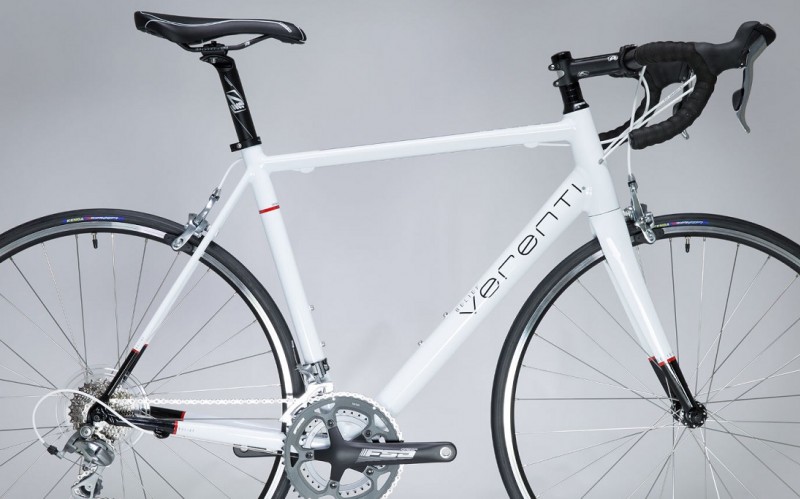
Choosing the right sized bike depends on the type of bike, your height, your riding style, and your preference. A correct fitting bike will be more comfortable, more efficient and more fun to ride. This is a guide only and we always recommend visiting one of bike stores or contacting several experts on this topic.
Bikes are generally measured and defined by the length of the seat tube – the part of the bike that the seat post (and saddle) slide into. Traditionally this measurement is given in metric (cm) for road bikes, and imperial (inches) for mountain bikes, however some bikes are also sized as small, medium, large etc.
This is not always the most accurate guide though, so it is important to see what height the individual bike chart relates to and to also consider your own measurements and proportions.
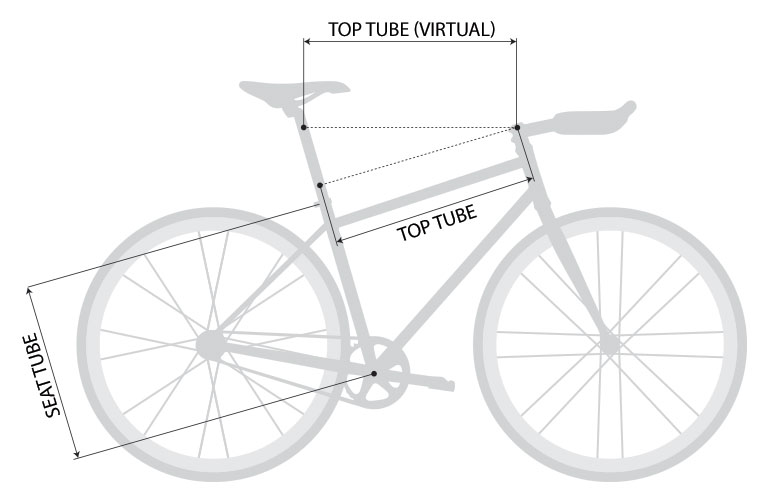
What measurements do you need?
There are three measurements that will assist you in choosing the right size bike; your height, your inside leg measurement, and your reach;
Standover height
Your inside leg measurement will determine your stand over height – this is the clearance between the top tube of the bike and your crotch when stood just in front of the saddle. We suggest a clearance of at least 2” to enable you to hop off quickly if you need to.
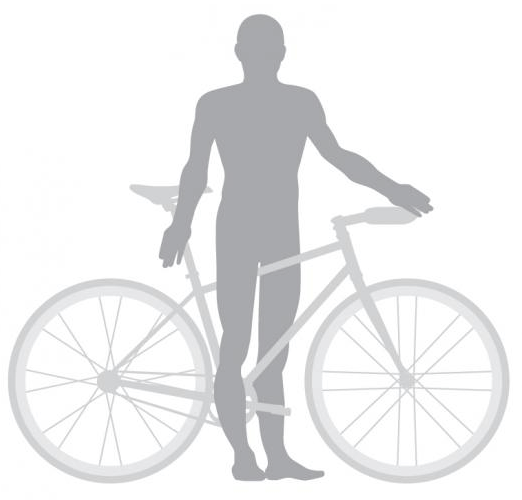
Reach
If your height and inside legs measurements put you in between sizes, your upper body should be the deciding factor as your reach to the bars will be affected by either size. To work out if you have a long or short reach, you need to determine your ‘ape index’ (arm span minus height).
- If you have a positive ape index (ie your arm span is greater than your height) then we suggest you go for the larger of the sizes.
- If you have a negative ape index (ie your height is greater than your arm span) then you will probably be more comfortable on the smaller of the sizes.
For example; 152cm (arm span) – 163cm (height) = -11, so a negative ‘ape index’ and should go for a smaller frame if in-between sizes.
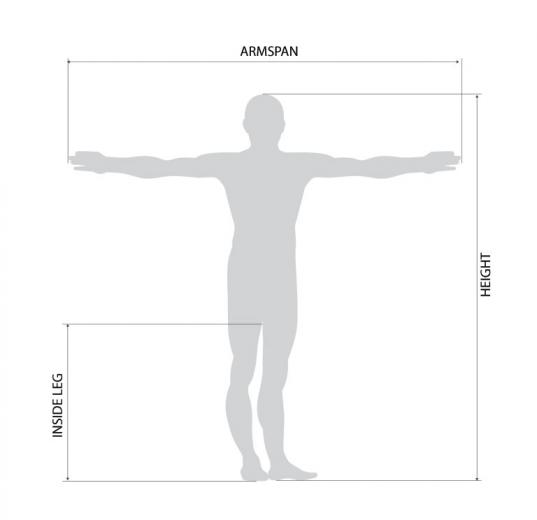
Do I need a women’s specific bike or a unisex bike?
On average, women have longer legs and shorter torsos than men of the same height, so female specific bikes have a shorter top tube, narrower handlebars and female specific saddles.
However, people are not “averages” and a bike should be the perfect fit for you individually, whether it is a unisex bike or a women’s specific fit.
As a general rule, if you are shorter than about 5ft 5 (165 cm) or have felt too stretched on mens/unisex bikes previously, you may be more suited to a female specific bike which offers smaller frame sizes. If in doubt feel free to book an appointment with one of our experts who can call you back help find the right bike for you.
How do you choose the correct size kids bike?
Children’s bikes are measured and sized in a different way from adults bikes. These are usually categorised in age ranges and wheel sizes. Below are some key points you should keep in mind when sizing your child:
- Never use an age range to size your child for a bike as this is simply for guidance. If your child is the tallest in the class you may need the next size up!
- Height and inside leg measurement is still a key factor when sizing. Keep this in mind when picking your children’s bike.
- It is common to look for a “grow into” bike. Try and avoid this as we wouldn’t want your child to become scared of riding due to size. Love and enjoy the sport for all ages!
Bike sizing charts




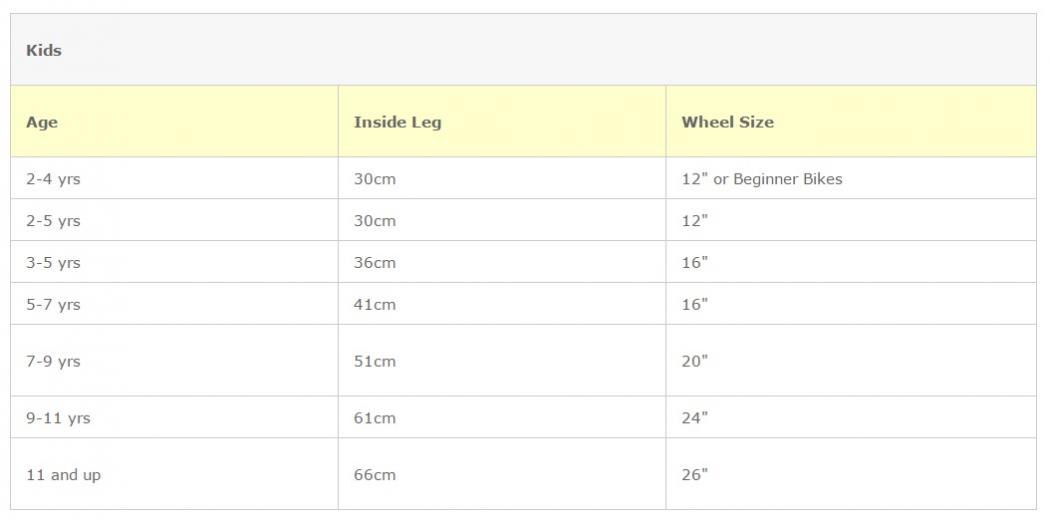

Comments are closed.